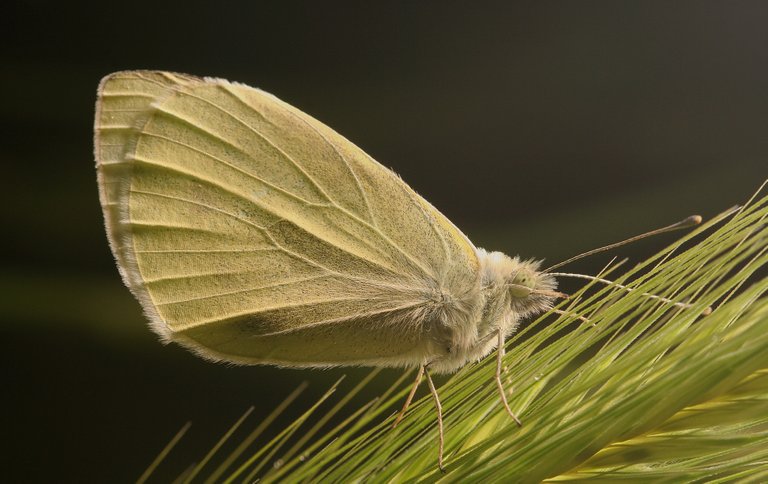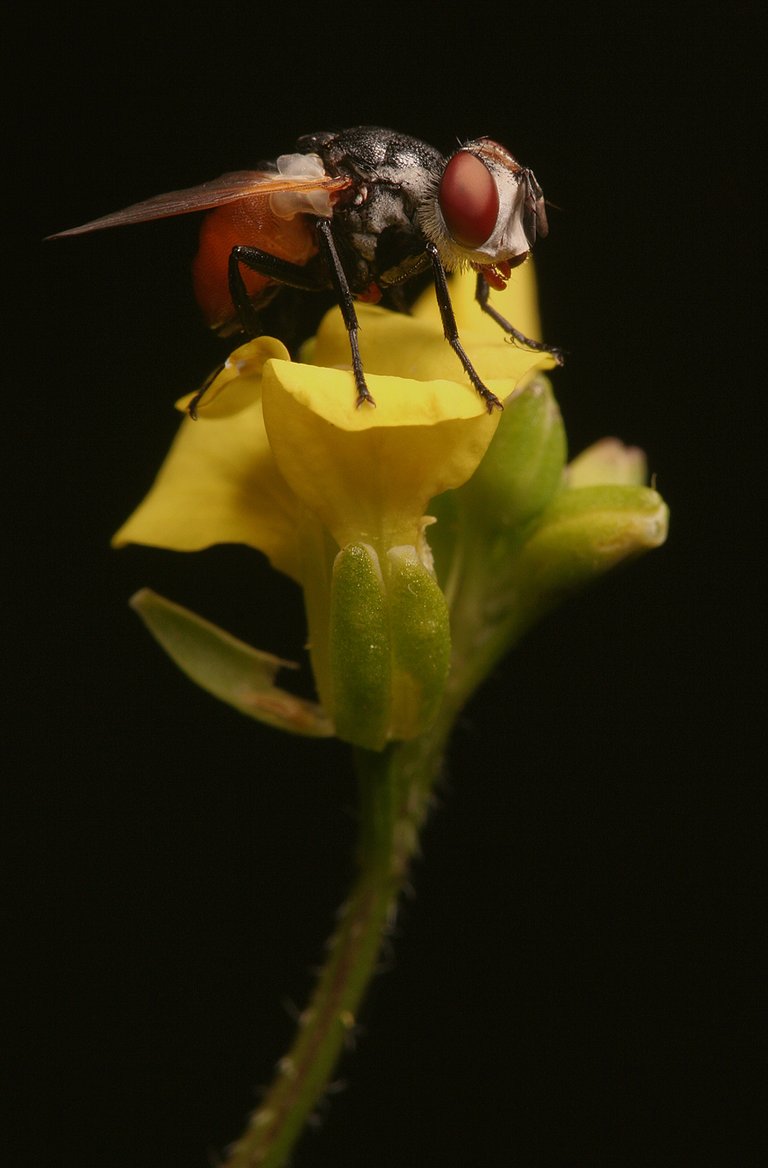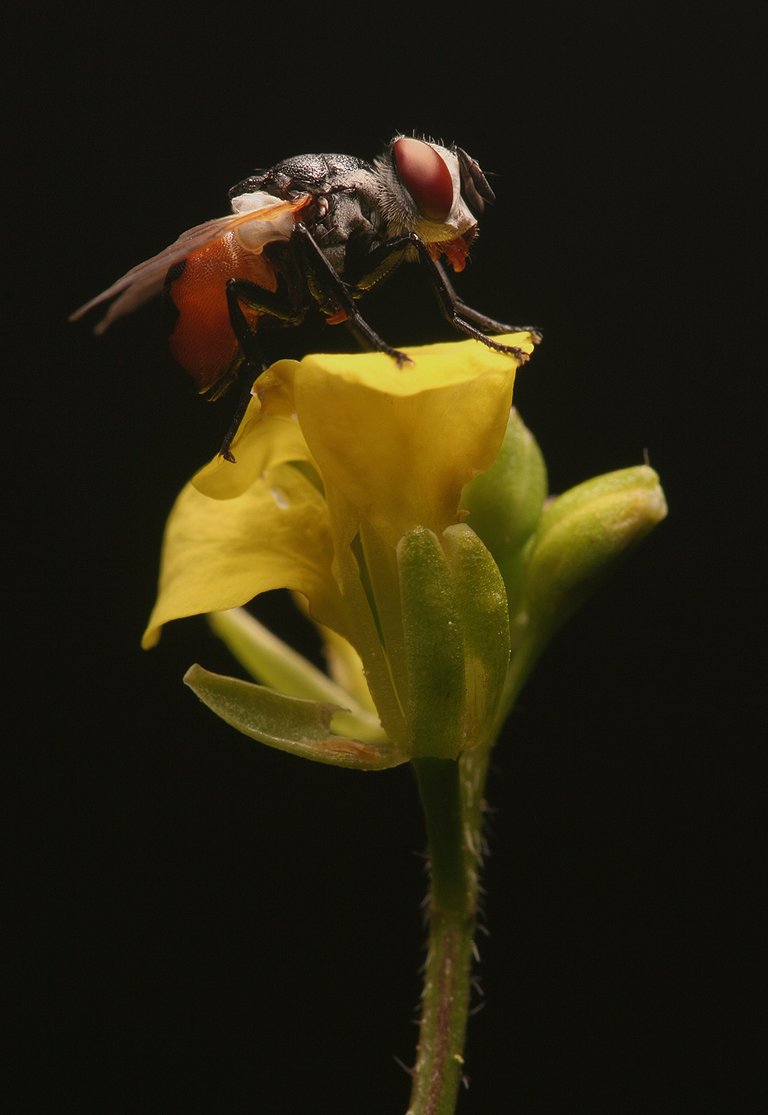Today I decided to make a bit of order and delete the abundance of unnecessary photographs in some old folders from the first years of my macro experience.
In this opening shot, you can see a male of the very common Cabbage white butterfly (Pieris rapae). This, and all other photographs in the post, were taken in the summer of 2019. I was using the Canon EOS 350D camera back then, and for insect and related small stuff, I had the EF 100mm f/2.8L Macro lens. The external flash was also an important factor during those shootings. In the following photograph ...
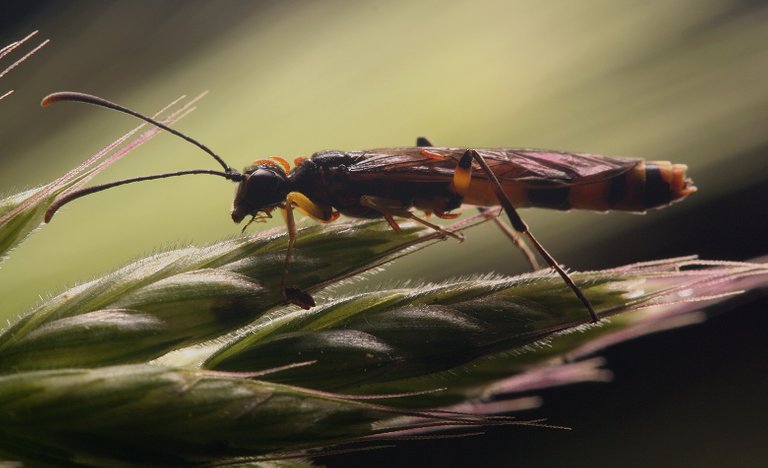
... you can take a look at the sawfly from the Cephidae family. I'm not sure about the species. It looks a lot like the Calameuta idolon. But not exactly like that species. I used the rotate image option in Photoshop on this shot. In the following four photographs ...
... you can see how the scene really looked. Each shot was taken with the flash in a slightly different position above the sawfly.
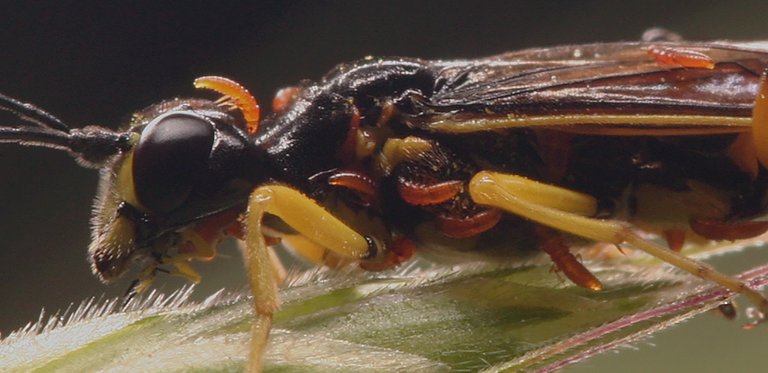
This is just a crop of one of those photographs. Back then, in the meadow, I didn't notice the minuscule amber-colored parasites on the insect's body. I saw them only today while preparing this post. When I enlarged the picture on the PC screen. They look like some larvae. I have no idea about the species.
Here you can see the lovely, colorful Gymnosoma clavatum. A fly from the family Tachinidae.
Females of this species lay their eggs on various shield bugs. The larvae enter the host's body and develop there, feeding on tissue and avoiding the vital organ so the shieldbug is usually able to survive long enough and reproduce before being killed by the damage created by the parasite.

This is the Coenagrion scitulum damselfly ...
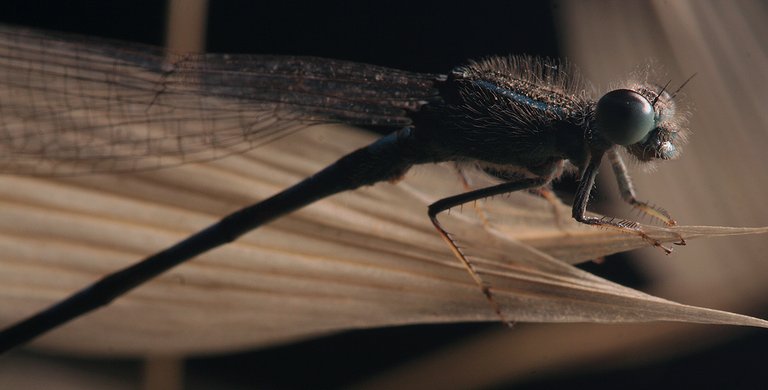
... photographed on the grass around the pond on the outskirts of Medulin, the town in which I live.
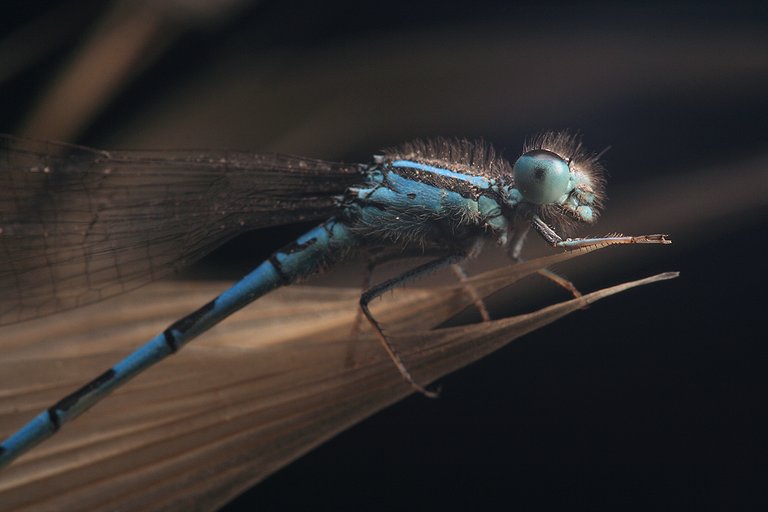
It's a very common species in this area.
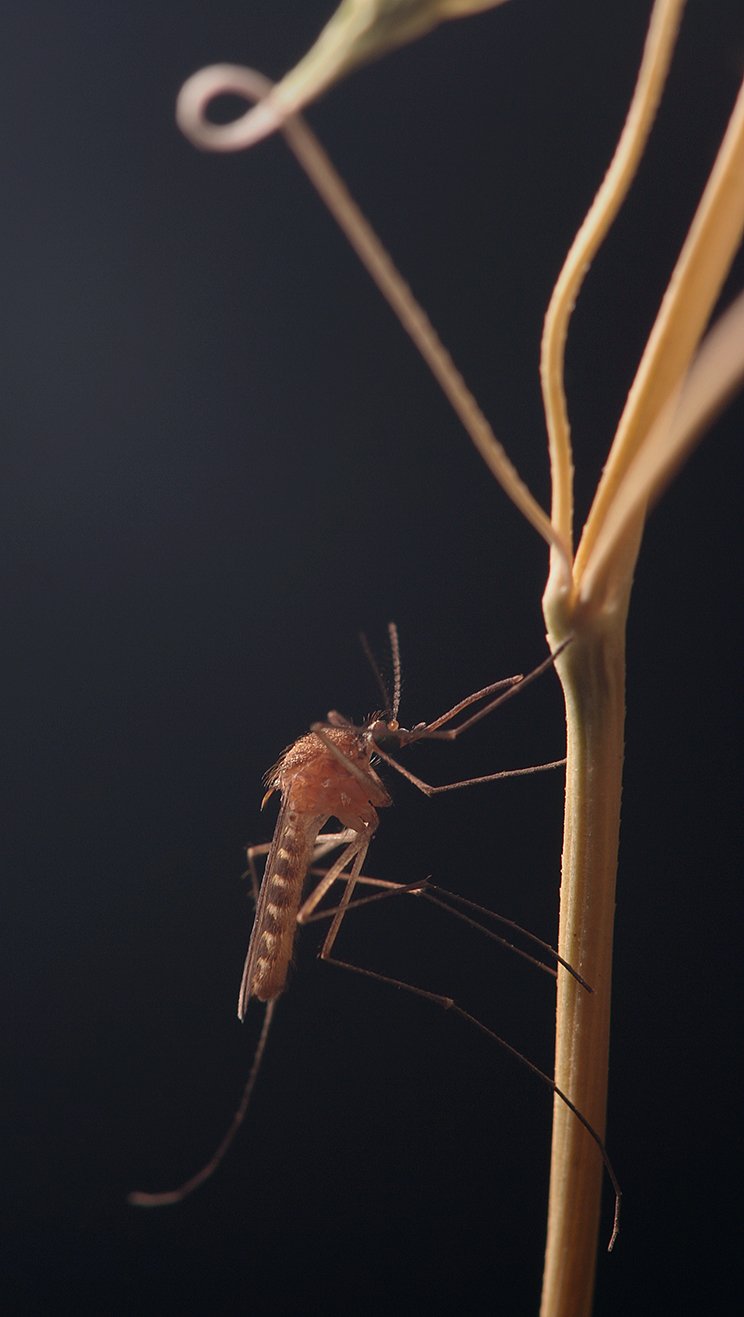
In this last photograph. you can see the Aedes geniculatus mosquito.
AND THAT'S ALL FOR TODAY. AS ALWAYS IN THESE POSTS ON HIVE, THE PHOTOGRAPHS ARE MY WORK - THE END.
